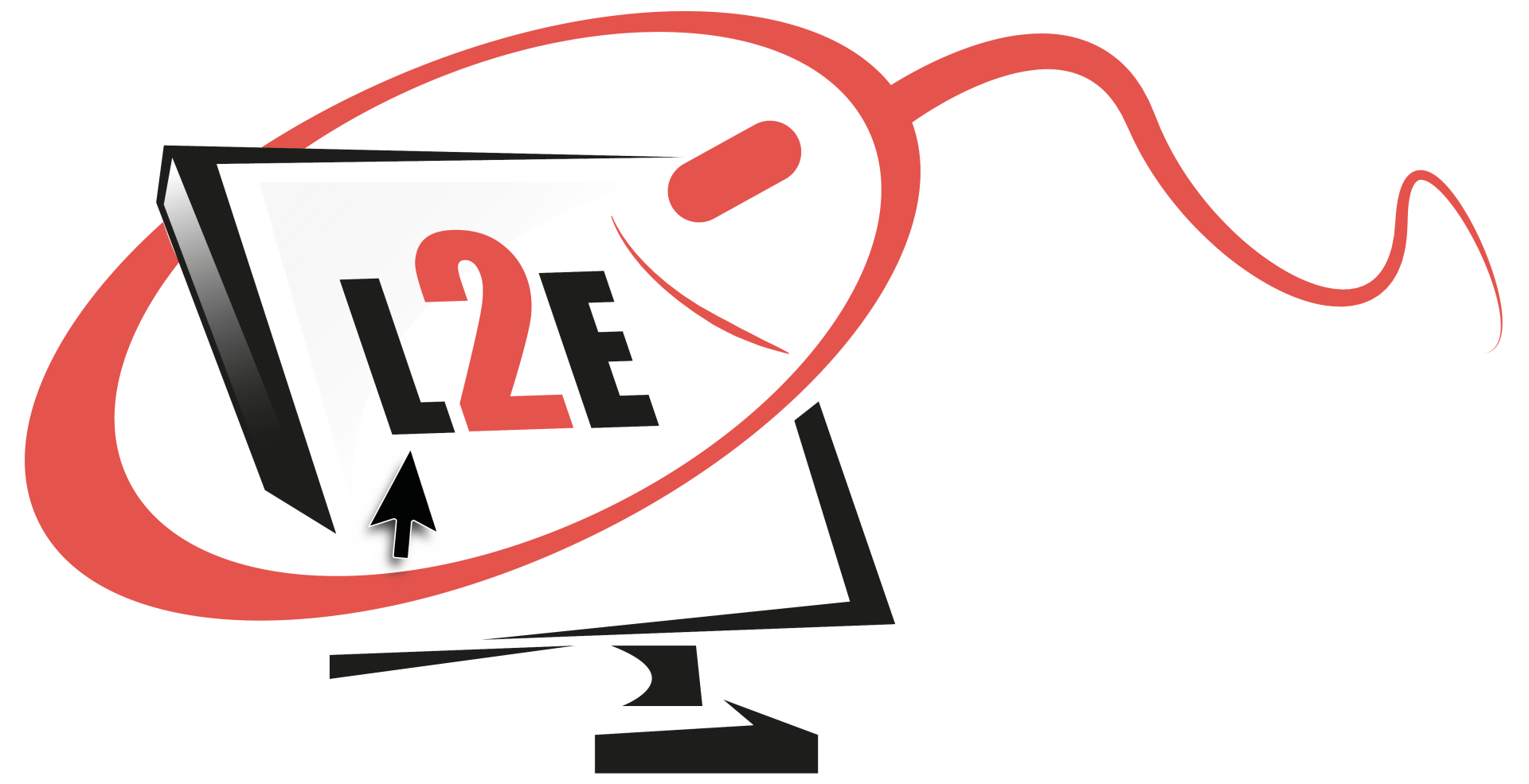How One Manufacturing Director Discovered the Secret to Building High-Performance Learning Cultures
Leading with the exception mindset means identifying and building on moments of success rather than focusing solely on what needs fixing.
Sarah thought her team would never take initiative.
For two years as manufacturing director, she’d watched her employees wait for instructions, avoid new challenges, and stick to the bare minimum. “They just don’t have that drive,” she told herself. “Some people are motivated learners, others aren’t.”
Then the crisis hit.
A supplier delay threatened their biggest client relationship. Sarah was in back-to-back meetings when she noticed something unexpected happening on the factory floor. Her team had self-organized into learning groups. They were teaching each other new processes, sharing knowledge, and problem-solving together without being asked.
That moment changed everything.
Sarah had discovered what organizational psychologists call the “Exception Mindset,” and it transformed not just her team’s approach to professional development, but her entire organization’s learning culture.

The Hidden Cost of Negativity Bias in Workplace Learning
Here’s what most L&D professionals don’t realize: our brains are naturally wired against effective employee development.
Take Marcus, an HR director I worked with. Every time he planned corporate training, his inner voice whispered the same limiting beliefs: “Our employees never engage with learning programs.” “New training initiatives always fail here.” “Our workforce just can’t adapt to change.”
These hope-removing thoughts were creating an invisible ceiling over his team’s potential. Negativity bias wasn’t just affecting his individual decisions—it was infiltrating his entire corporate learning strategy, creating an environment where teams became risk-averse, professional development stagnated, and organizational learning stopped.
Marcus didn’t know it, but he was unconsciously sabotaging his own employee development programs.
What is the Exception Mindset for Corporate Training?
The Exception Mindset represents a revolutionary shift in how learning leaders think about employee capabilities and workplace learning.
Instead of accepting rigid thoughts about your workforce as facts, learning professionals with this mindset actively hunt for training exceptions. These are moments when employee engagement exceeded expectations, when skills development felt natural, or when teams surprised you with their learning agility.
Let me tell you about Lena, a learning and development manager at a healthcare company. She was convinced her nurses “never had time for professional development.” But when she really looked for exceptions, she remembered how they’d created informal peer learning sessions during their breaks. They were sharing knowledge about new procedures, troubleshooting equipment together, and mentoring new hires all on their own time.
That exception became the foundation for Lena’s most successful corporate training program.

Six Mindset Shifts That Transform Employee Performance
Exceptional learning leaders understand that building a thriving learning culture requires intentional shifts in how they view their workforce:
1. Reframe Training “Failures” as Learning Data
When Daniel’s leadership development program had low completion rates, his first instinct was to blame employee engagement. But when he applied the Exception Mindset, he asked different questions: “When did people actually complete modules?” “What made those sessions different?”
He discovered that employees loved the interactive case studies but struggled with the lengthy video content. That “failure” became valuable learning analytics that transformed his entire training design approach.
2. Lean Into Workplace Challenges
Remember Sarah’s supplier crisis? She could have panicked about her team’s readiness. Instead, she leaned into the challenge and watched her employees rise to meet it. Now she intentionally creates stretch opportunities in her professional development programs, knowing that employee growth doesn’t happen in comfort zones.
3. Focus on Learning Process Over Training Outcomes
Amira, a team lead in manufacturing, used to obsess over completion rates and test scores. Then she shifted to celebrating learning processes: “I noticed how you approached that new procedure methodically” or “The questions you asked during training helped everyone understand better.”
Her team’s resilience and willingness to tackle new skills development challenges skyrocketed.
4. Separate Employee Actions from Identity
Poor performance doesn’t define anyone in your workforce. It’s a moment in their professional development journey, not their identity.
Kelsey learned this when her “worst performer” struggled with new software. Instead of writing them off, she separated the action from the person: “You’re having trouble with this system right now” instead of “You’re not tech-savvy.” Within three months, that employee became her go-to trainer for the software.
5. Harness the Power of “Yet” in Employee Development
One simple word transforms everything in corporate learning: “Our team doesn’t have this skill… yet.” “We haven’t solved this performance challenge… yet.”
Tariq, a operations manager, started ending every skills gap assessment with “yet.” His team’s mindset shifted from fixed (“I can’t do this”) to growth-oriented (“I can’t do this yet”). Employee engagement with upskilling and reskilling initiatives doubled.
6. Set New Learning Goals for Every Achievement
The employee development journey doesn’t end at training milestones.
When Nia’s team mastered their safety protocols ahead of schedule, she didn’t rest on the success. She asked, “What’s the next skill that would make you even more valuable?” Her team started driving their own continuous learning agenda.

The Secret Weapon: Participative Leadership Meets Exception Thinking
Here’s where the magic happens in corporate training: when learning leaders combine the Exception Mindset with participative leadership approaches, they create unstoppable learning cultures.
Emma, a VP at a tech company, discovered this by accident. Instead of mandating her usual top-down training approach, she asked her team: “When have you learned something new most effectively here?” The answers surprised her: peer teaching, cross-departmental projects, and informal mentoring topped the list.
She built her entire employee development strategy around those exceptions. The result? A 40% increase in employee engagement with professional development and measurable improvements in skills retention.
Research backs this up: companies experience a 17% increase in productivity and a 21% boost in profitability when employees receive strategic training that builds on their natural learning preferences.

Building Your Exception-Based Corporate Learning Culture
Start with Employee Ownership and Learning Empowerment
Give your workforce ownership over their professional development journey. Instead of mandating generic corporate training programs, ask: “What skills would help you excel in the workplace challenges you’re most excited about?”
When employees own their learning and development, engagement with training initiatives doesn’t just improve it transforms. Teams start seeking out learning opportunities instead of avoiding them.
Create Safe Spaces for Learning Innovation
Actively seek out diverse perspectives in your training programs. Ask: “When have our most unexpected learning approaches led to breakthrough employee performance?” This question alone can transform team dynamics and learning culture.
Build “learning moments” into regular workflows rather than confining professional development to formal sessions. Often the best insights come from informal discussions and peer-to-peer knowledge sharing.
Celebrate Learning Progress, Not Just Training Achievement
Track and celebrate learning exceptions in your employee development programs. Make it a point to notice and acknowledge growth: “Remember when you thought you couldn’t master that skill, but then you surprised yourself?”
These recognition moments build what organizational psychologists call self-efficacy the belief that change and growth are possible.
Making It Real: The Pattern That Changes Everything
I’ve worked with countless L&D professionals who’ve transformed their corporate training cultures using Exception Mindset principles. The pattern is always the same: what feels impossible in employee development becomes inevitable when you start with what’s already working.
Leaders who successfully implement this approach follow a consistent process.
- They begin by challenging their assumptions about workforce capabilities.
- They look for moments when their teams exceeded expectations.
- They build learning strategies around those exceptions rather than focusing on what’s broken.
The results speak for themselves: increased employee engagement with professional development, improved skills retention, stronger learning cultures, and measurable improvements in workplace performance. Most importantly, teams develop the resilience and growth mindset needed to tackle future challenges with confidence.

Your Next Steps in Building a Learning Culture
Start by examining your own limiting thoughts about your workforce’s learning capabilities. Ask yourself: “When has my team exceeded my expectations in training?” “What employee development exceptions can I build on?”
Then, bring this Exception Mindset approach to your next L&D team meeting. Instead of focusing on what’s not working in your training programs, try these questions:
- “When have we handled similar learning challenges successfully?”
- “What made those employee development exceptions possible?”
- “How can we create more of those conditions in our workplace learning environment?”
Remember Sarah’s moment of discovery? It happened because she was paying attention when her preconceptions got challenged. Your next breakthrough in corporate learning might be sitting right there in your team’s natural behaviors—you just need to notice it.
The question isn’t whether your workforce can develop an Exception Mindset and thrive in a participative learning culture. The question is: What will you discover about your team’s learning potential when you start looking for the exceptions instead of the failures?
Your next employee development success story might be hiding in plain sight.
Until next time…
About the Author
Cheryl Powell, CEO of Learn2Engage, is in her 29th year as a Virtual Instructional Design and e-Learning Specialist, with clients all over the US and overseas. Additionally, she is a published author of various works of fiction and motivational speaker.
She holds a Bachelor’s in business management, a graduate certification in Project Management, a Master of Science degree in IT Project Management, and an ATD Gamification Level 1 Certificate. She has studied the Adult Learning principles of experts and theorists such as Gagne’s (nine events), Maslow’s (hierarchy of needs), and Dr. Ruth Clark, to ensure her courses, presentations, storyboards, and modules, engage the learner, utilize the proper balance of white space, text and graphics, and result in high Learner Retention rates.
Her clients return year after year for the affordable pricing, her rapid customer response rate, and the benefits they observe in the productivity of their employees after taking her courses.

